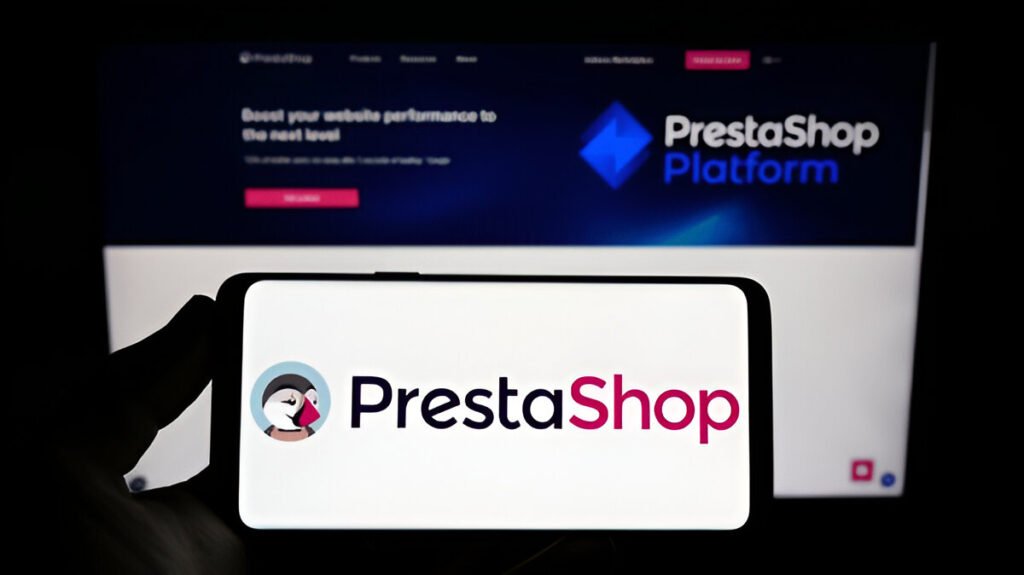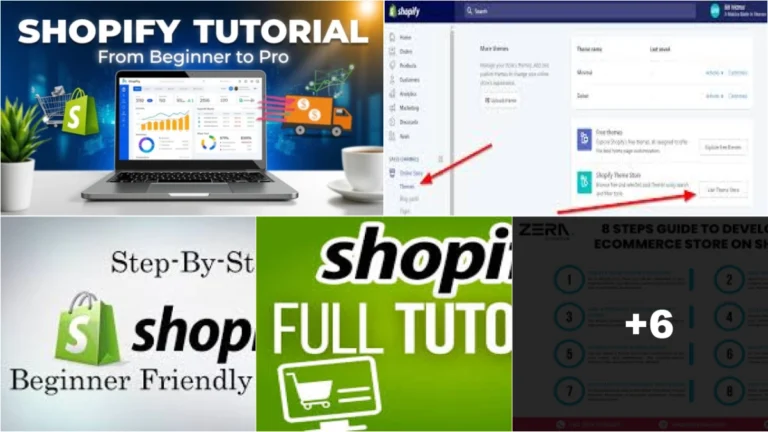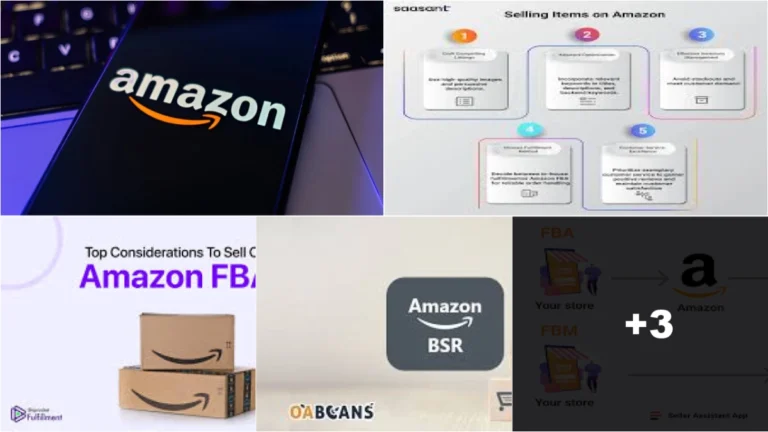Top 10 Shopify Alternatives in 2025
In 2025, the e-commerce landscape is buzzing with exciting alternatives to Shopify. As businesses look for the best platforms to launch and grow their online stores, a variety of options are emerging that cater to different needs, budgets, and technical skills. Here’s a rundown of the top ten platforms that are giving Shopify a run for its money.
First up is WooCommerce. This WordPress plugin transforms any WordPress site into a fully functional online store. Its flexibility and vast array of plugins make it a favorite among those who want total control over their e-commerce experience. WooCommerce is open-source, which means customization is practically limitless. Users can tailor their stores to fit their unique branding and functionality needs. Plus, with a thriving community and extensive documentation, help is always available for those who need it.
Next, there’s BigCommerce. Known for its robust features, BigCommerce is perfect for growing businesses. It offers built-in SEO tools, multi-channel selling, and no transaction fees, making it a strong contender for those looking to scale without hidden costs. BigCommerce also supports various payment gateways and has advanced analytics features that help users track sales and customer behavior effectively. This platform is particularly appealing for businesses aiming to expand their reach across multiple sales channels, including social media and marketplaces.

Third on the list is Wix eCommerce. With its drag-and-drop interface, Wix makes setting up an online store a breeze. It’s ideal for small businesses and creatives who want a visually appealing site without the technical hassle. Wix offers a range of stunning templates and customization options, allowing users to create a unique online presence. Additionally, its extensive app market allows for easy expansion, enabling users to add features like email marketing, live chat, and more. This makes Wix a great choice for those who prioritize design and ease of use.
Fourth, we have Squarespace. Renowned for its stunning design templates, Squarespace is perfect for brands that prioritize aesthetics. It offers seamless integration with social media and email marketing tools, making it easy to create a cohesive online presence. Squarespace’s e-commerce features include inventory management, product variants, and abandoned cart recovery, ensuring that users have the tools they need to succeed. This platform is particularly popular among artists, photographers, and other creatives who want to showcase their work in a visually appealing way.
Fifth is Magento. This powerful platform is best suited for larger businesses with complex needs. Magento offers unparalleled customization and scalability, but it does require a bit more technical know-how. For those ready to invest time and resources, it can be a game-changer. Magento’s extensive features include advanced SEO capabilities, multi-store management, and a wide range of integrations. While it may have a steeper learning curve, the potential for customization and growth makes it a top choice for established brands.
Sixth on the list is Weebly. Owned by Square, Weebly is user-friendly and ideal for small businesses and entrepreneurs. Its e-commerce features are straightforward, making it easy to manage products, inventory, and payments all in one place. Weebly also offers a variety of themes and customization options, allowing users to create a professional-looking store without needing extensive technical skills. With built-in marketing tools and analytics, Weebly helps users track their performance and optimize their online presence.
Seventh is PrestaShop. This open-source platform is known for its flexibility and extensive features. PrestaShop allows users to create a tailored shopping experience and is perfect for those who want to dive deep into customization without breaking the bank. With a wide range of modules and themes available, users can easily enhance their stores’ functionality and appearance. PrestaShop also offers multi-language and multi-currency support, making it a great option for businesses looking to expand internationally.

Eighth is Ecwid. This platform stands out for its ability to integrate with existing websites. Ecwid allows users to add e-commerce functionality to any site, making it a great choice for businesses that already have an online presence but want to expand into e-commerce. With its simple setup process and user-friendly interface, Ecwid enables users to manage their products and sales from a single dashboard. This flexibility makes it an appealing option for small businesses looking to add e-commerce capabilities without starting from scratch.
Ninth is Shopify Plus. While technically still part of the Shopify family, Shopify Plus is designed for high-volume merchants. It offers advanced features, customization options, and dedicated support, making it a premium choice for established brands looking to scale. Shopify Plus provides users with access to exclusive features like custom checkout experiences, advanced reporting, and API access, allowing for deeper integration with other business systems. This platform is ideal for businesses that require a robust solution to handle large volumes of sales and traffic.
Finally, there’s Zyro. This newer player in the e-commerce space is gaining traction for its simplicity and affordability. Zyro offers a range of templates and AI tools to help users create a professional-looking store quickly and easily. With features like a logo maker, AI content generator, and built-in marketing tools, Zyro is perfect for entrepreneurs who want to launch their online store without a steep learning curve. Its competitive pricing and user-friendly interface make it an attractive option for those just starting out.
In conclusion, the e-commerce world in 2025 is filled with diverse options beyond Shopify. Each platform has its unique strengths, catering to different business needs and goals. Whether looking for flexibility, design, or scalability, there’s a perfect alternative waiting to be discovered. Exploring these platforms can lead to finding the ideal fit for any e-commerce venture. So, dive in, compare features, and choose the one that aligns best with the vision for the online store. Happy selling!







